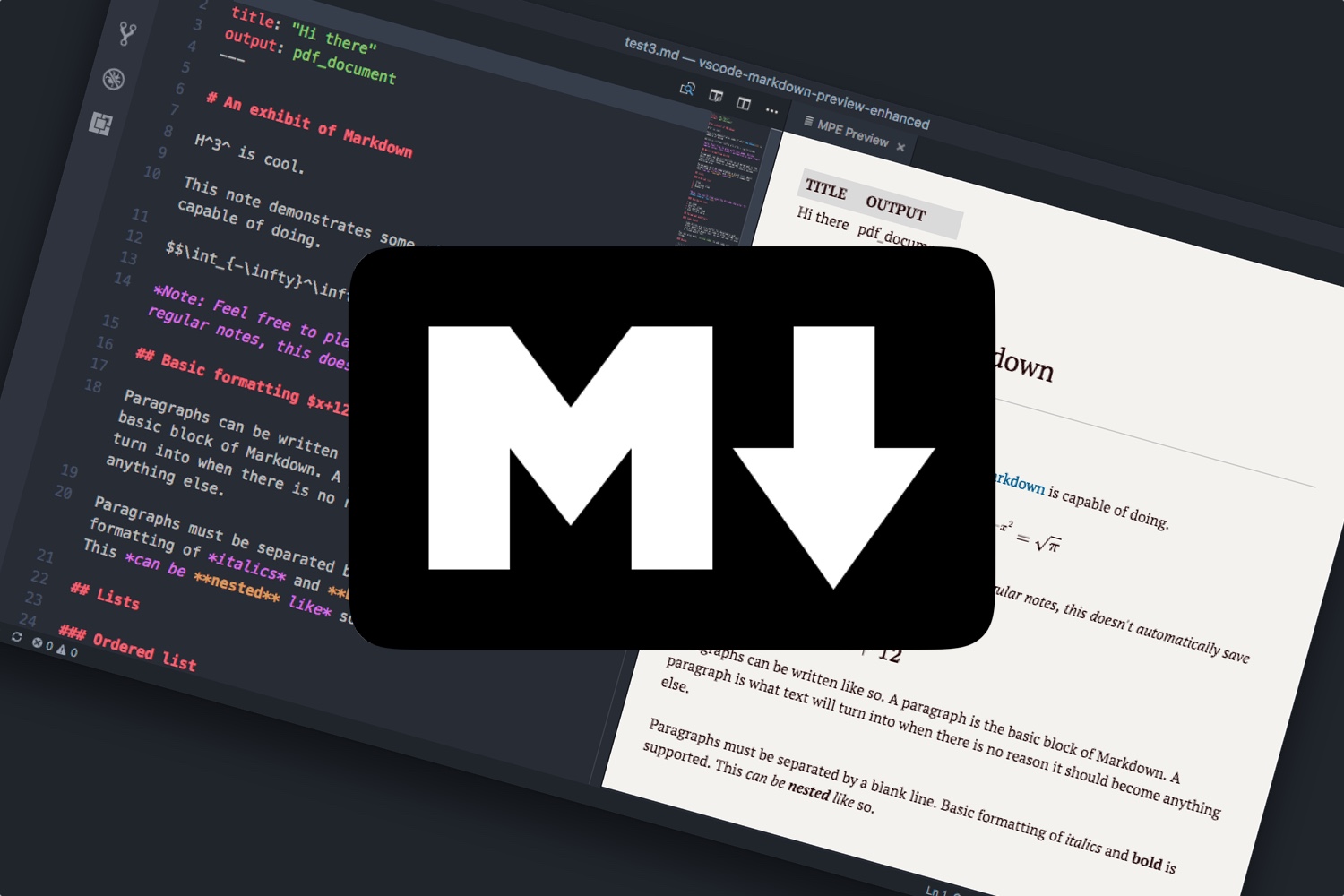

You can specify the theme an image is displayed for in Markdown by using the HTML element in combination with the prefers-color-scheme media feature. Note: The last two relative links in the table above will work for images in a private repository only if the viewer has at least read access to the private repository that contains these images.įor more information, see " Relative Links." Specifying the theme an image is shown to For more information, see " Uploading assets." You can display an image from your repository, add a link to an online image, or upload an image. GitHub supports embedding images into your issues, pull requests, discussions, comments and. Then, wrap the link for the image in parentheses (). Alt text is a short text equivalent of the information in the image. You can display an image by adding ! and wrapping the alt text in. Absolute links may not work in clones of your repository - we recommend using relative links to refer to other files within your repository. Relative links are easier for users who clone your repository.

You can use all relative link operands, such as. Links starting with / will be relative to the repository root. The path of the link will be relative to the current file. GitHub will automatically transform your relative link or image path based on whatever branch you're currently on, so that the link or path always works. For example, if you have a README file in root of your repository, and you have another file in docs/CONTRIBUTING.md, the relative link to CONTRIBUTING.md in your README might look like this: (docs/CONTRIBUTING.md) You can define relative links and image paths in your rendered files to help readers navigate to other files in your repository.Ī relative link is a link that is relative to the current file. You can link directly to a section in a rendered file by hovering over the section heading to expose. For more information, see " Autolinked references and URLs." Section links Tip: GitHub automatically creates links when valid URLs are written in a comment. Here are the currently supported color models. The background color is `#ffffff` for light mode and `#000000` for dark mode. A supported color model within backticks will display a visualization of the color. In issues, pull requests, and discussions, you can call out colors within a sentence by using backticks. For more information, see " About writing and formatting on GitHub." Supported color models
Markdown images code#
If you are frequently editing code snippets and tables, you may benefit from enabling a fixed-width font in all comment fields on GitHub. Some basic Git commands are:įor more information, see " Creating and highlighting code blocks." To format code or text into its own distinct block, use triple backticks. Use `git status` to list all new or modified files that haven't yet been committed. You can also press the Command+ E (Mac) or Ctrl+ E (Windows/Linux) keyboard shortcut to insert the backticks for a code block within a line of Markdown.

The text within the backticks will not be formatted. You can call out code or a command within a sentence with single backticks. For more information about keyboard shortcuts, see " Keyboard shortcuts." Quoting code You can quote an entire comment by clicking, then Quote reply. Tip: When viewing a conversation, you can automatically quote text in a comment by highlighting the text, then typing R. Quoted text is indented, with a different type color. StyleĬommand+ B (Mac) or Ctrl+ B (Windows/Linux)Ĭommand+ I (Mac) or Ctrl+ I (Windows/Linux) You can indicate emphasis with bold, italic, strikethrough, subscript, or superscript text in comment fields and. Each heading title is listed in the table of contents and you can click a title to navigate to the selected section. When you use two or more headings, GitHub automatically generates a table of contents that you can access by clicking within the file header. # A first-level heading # A second-level heading # A third-level heading The number of # you use will determine the hierarchy level and typeface size of the heading. To create a heading, add one to six # symbols before your heading text.


 0 kommentar(er)
0 kommentar(er)
